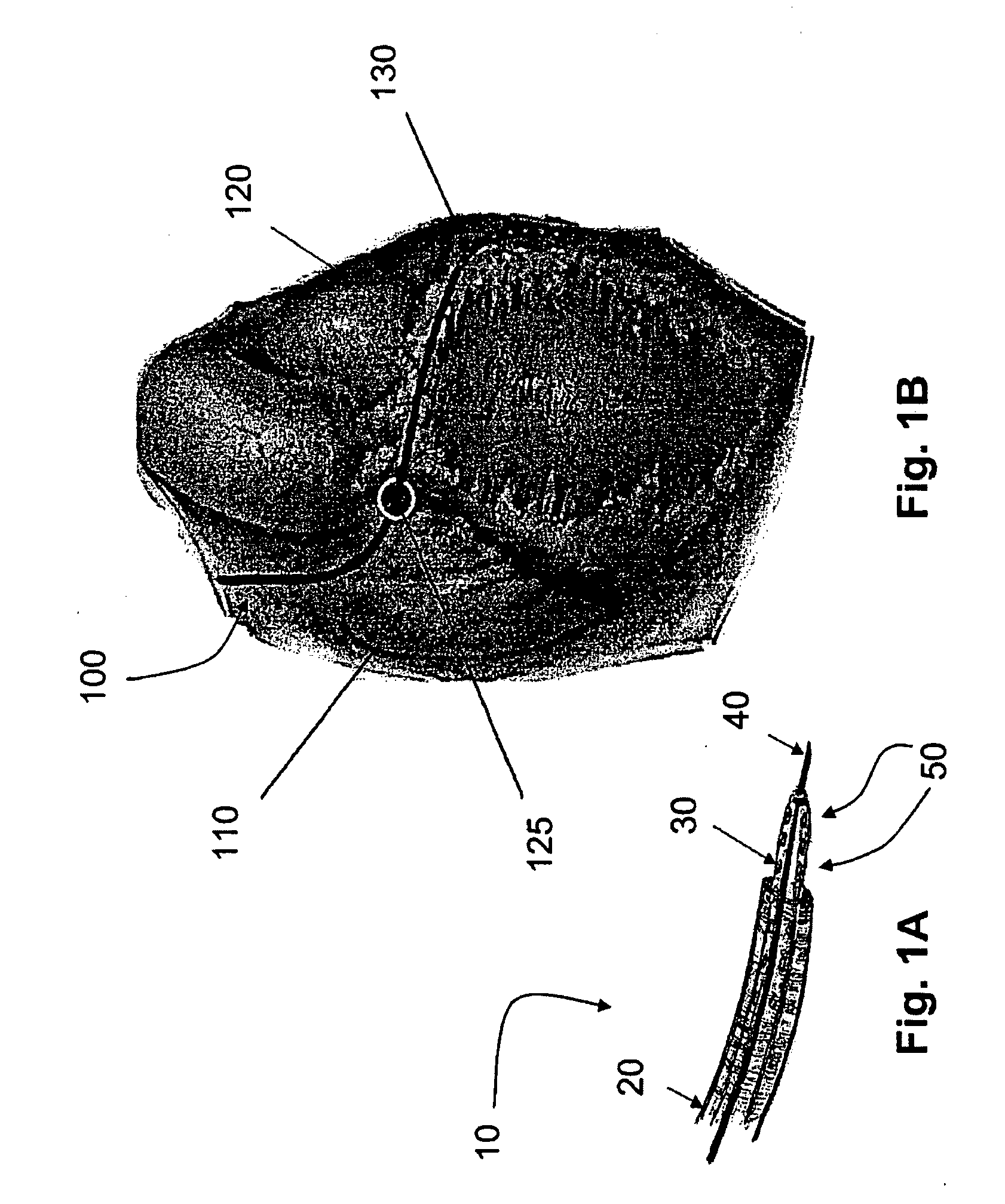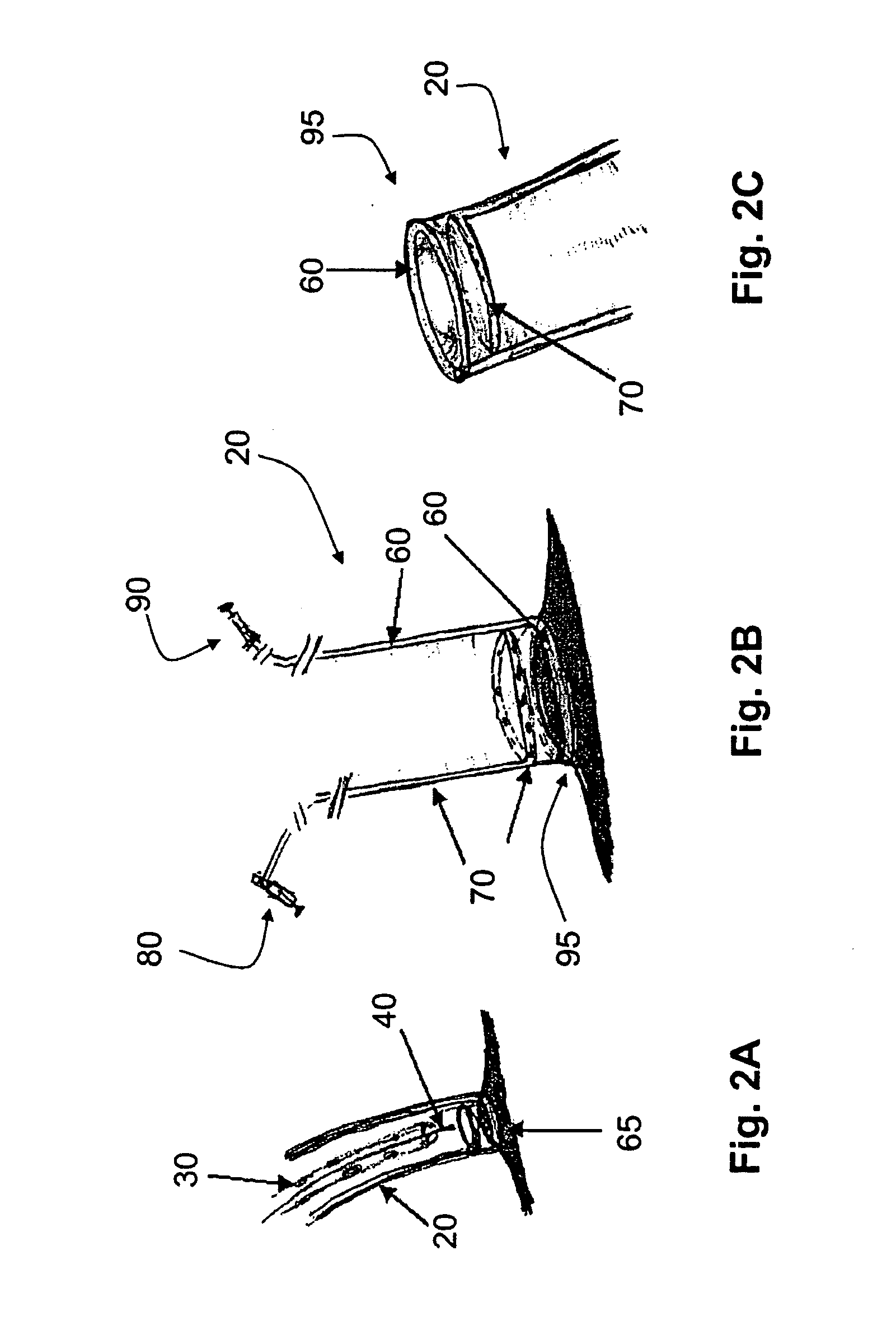Devices, systems, and methods for pericardial access
a pericardial access and pericardial catheter technology, applied in the field of pericardial access devices, systems and methods, can solve the problems of inconsistent delivery, significant decrease in the ability of the heart to pump blood, and chronic heart failure, and achieve the effects of short operation time, cost saving, and decreased supply
- Summary
- Abstract
- Description
- Claims
- Application Information
AI Technical Summary
Benefits of technology
Problems solved by technology
Method used
Image
Examples
Embodiment Construction
[0096]It will be appreciated by those of skill in the art that the following detailed description of the disclosed embodiments is merely exemplary in nature and is not intended to limit the scope of the appended claims.
[0097]The disclosed embodiments include devices, systems, and methods useful for accessing various tissues of the heart from inside the heart. For example, various embodiments provide for percutaneous, intravascular access into the pericardial space through an atrial wall or the wall of an atrial appendage. In at least some embodiments, the heart wall is aspirated and retracted from the pericardial sac to increase the pericardial space between the heart and the sac and thereby facilitate access into the space.
[0098]Unlike the relatively stiff pericardial sac, the atrial wall and atrial appendage are rather soft and deformable. Hence, suction of the atrial wall or atrial appendage can provide significantly more clearance of the cardiac structure from the pericardium as...
PUM
 Login to View More
Login to View More Abstract
Description
Claims
Application Information
 Login to View More
Login to View More - R&D
- Intellectual Property
- Life Sciences
- Materials
- Tech Scout
- Unparalleled Data Quality
- Higher Quality Content
- 60% Fewer Hallucinations
Browse by: Latest US Patents, China's latest patents, Technical Efficacy Thesaurus, Application Domain, Technology Topic, Popular Technical Reports.
© 2025 PatSnap. All rights reserved.Legal|Privacy policy|Modern Slavery Act Transparency Statement|Sitemap|About US| Contact US: help@patsnap.com



